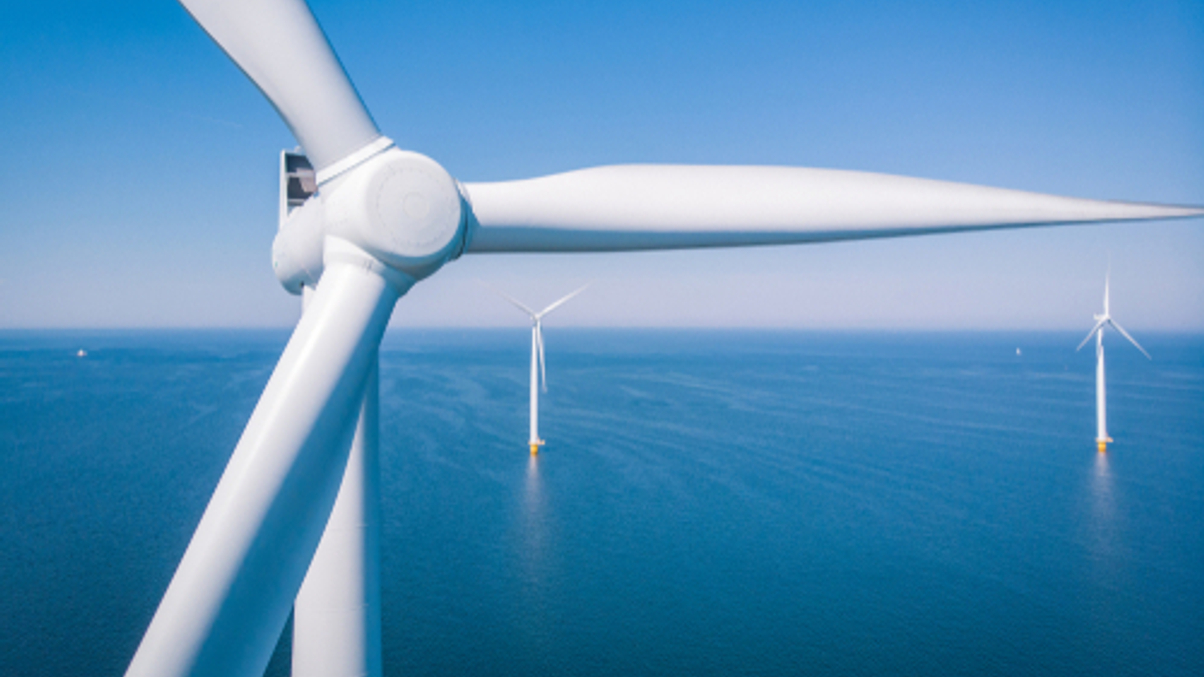Southeast Asia’s renewables boom offers fresh options
Three major Asean countries — Vietnam, Indonesia and the Philippines — are leading in developing renewable energy sources and giving investors new opportunities.

The rising demand for clean energy solutions backed by supportive government policies is driving the growth of renewable energy in Southeast Asia and opening opportunities for long-term investors keen on the energy transition theme in emerging markets, said experts.
Sign In to Your Account
Access Exclusive AsianInvestor Content!
Please sign in to your subscription to unlock full access to our premium AI resources.
Free Registration & 7-Day Trial
Register now to enjoy a 7-day free trial—no registration fees required. Click the link to get started.
Note: This free trial is a one-time offer.
¬ Haymarket Media Limited. All rights reserved.


